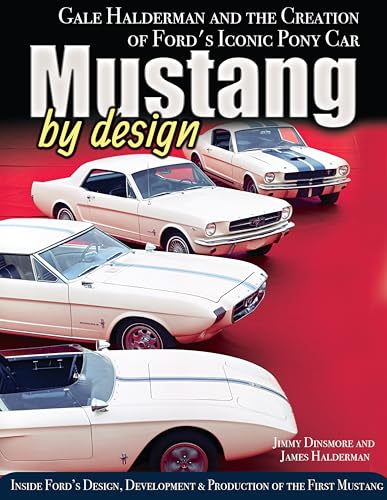cheezsnake
Well-known member
So, I think it's time to rebuild my 351C 2V for my '71. My reasoning ... 1) the nylon timing gear is shredded (learned that with help from another post), 2) I already knew there is lower compression in a couple cylinders, 3) the engine is already half out, given I had to raise it to remove the oil pan, 4) it looks like the motor has never been touched, and I would hate the tear the front end apart to replace the timing set, and decide next spring I should have just done a rebuild.
Here's where I could use some advice. While I'm getting it rebuilt, I would like to bump the performance. Would like to keep it a good street performer. ... not planning to take it to the drag strip every weekend. Although I don't put many miles on the car, I would prefer to be able to run on pump gas without octane boost.
I'm considering the following ... 600cfm 4-barrel carb, dual-plane aluminum intake (2V ports ... already have dual exhaust and intend to keep stock 2V manifolds), flat top pistons, Lunati 10321004 camshaft (hydraulic lifters) ... the cam is their factory performance series, so hopefully good performance without crazy duration and lift (270/286 and .481/.490 lift).
My big concern is about the heads. There's a lot of (sometimes conflicting) information out there about 351C heads. I respect the experience and opinions of this forum, and am interested in your thoughts ...
- Open chamber heads (which I have) are prone to detonation ... avoid them if you're doing any kind of performance build
- 4V head ports are too big for the street ... pull like crazy at high RPM, but not great torque at low RPM
- Aussie 2V are the best of both worlds ... quench chambers for higher compression, and 2V ports for better low-end torque
- Aussie 2V heads have smaller chambers (59cc) than the 4V quench, which means you need to be careful about compression ratio
- High compression is OK with the quench heads because the design helps prevent detonation
- To get the full quench effect, you should go with zero deck height and avoid dish pistons (but, that further raises compression)
- Aftermarket aluminum heads may be the best choice (but I can't get past the price tag)
As you can tell, a lot of info/opinions to filter through and try to make a good decision. I think I would lean towards the Aussie heads if I was pretty sure I would get a decent performance bump without a detonation problem. 4V quench heads would require a different intake and exhaust, and I may not use the benefit of the large ports. As I said, I respect the advice from this forum, and am interested in your experience and thoughts.
Thanks.
Here's where I could use some advice. While I'm getting it rebuilt, I would like to bump the performance. Would like to keep it a good street performer. ... not planning to take it to the drag strip every weekend. Although I don't put many miles on the car, I would prefer to be able to run on pump gas without octane boost.
I'm considering the following ... 600cfm 4-barrel carb, dual-plane aluminum intake (2V ports ... already have dual exhaust and intend to keep stock 2V manifolds), flat top pistons, Lunati 10321004 camshaft (hydraulic lifters) ... the cam is their factory performance series, so hopefully good performance without crazy duration and lift (270/286 and .481/.490 lift).
My big concern is about the heads. There's a lot of (sometimes conflicting) information out there about 351C heads. I respect the experience and opinions of this forum, and am interested in your thoughts ...
- Open chamber heads (which I have) are prone to detonation ... avoid them if you're doing any kind of performance build
- 4V head ports are too big for the street ... pull like crazy at high RPM, but not great torque at low RPM
- Aussie 2V are the best of both worlds ... quench chambers for higher compression, and 2V ports for better low-end torque
- Aussie 2V heads have smaller chambers (59cc) than the 4V quench, which means you need to be careful about compression ratio
- High compression is OK with the quench heads because the design helps prevent detonation
- To get the full quench effect, you should go with zero deck height and avoid dish pistons (but, that further raises compression)
- Aftermarket aluminum heads may be the best choice (but I can't get past the price tag)
As you can tell, a lot of info/opinions to filter through and try to make a good decision. I think I would lean towards the Aussie heads if I was pretty sure I would get a decent performance bump without a detonation problem. 4V quench heads would require a different intake and exhaust, and I may not use the benefit of the large ports. As I said, I respect the advice from this forum, and am interested in your experience and thoughts.
Thanks.




















































